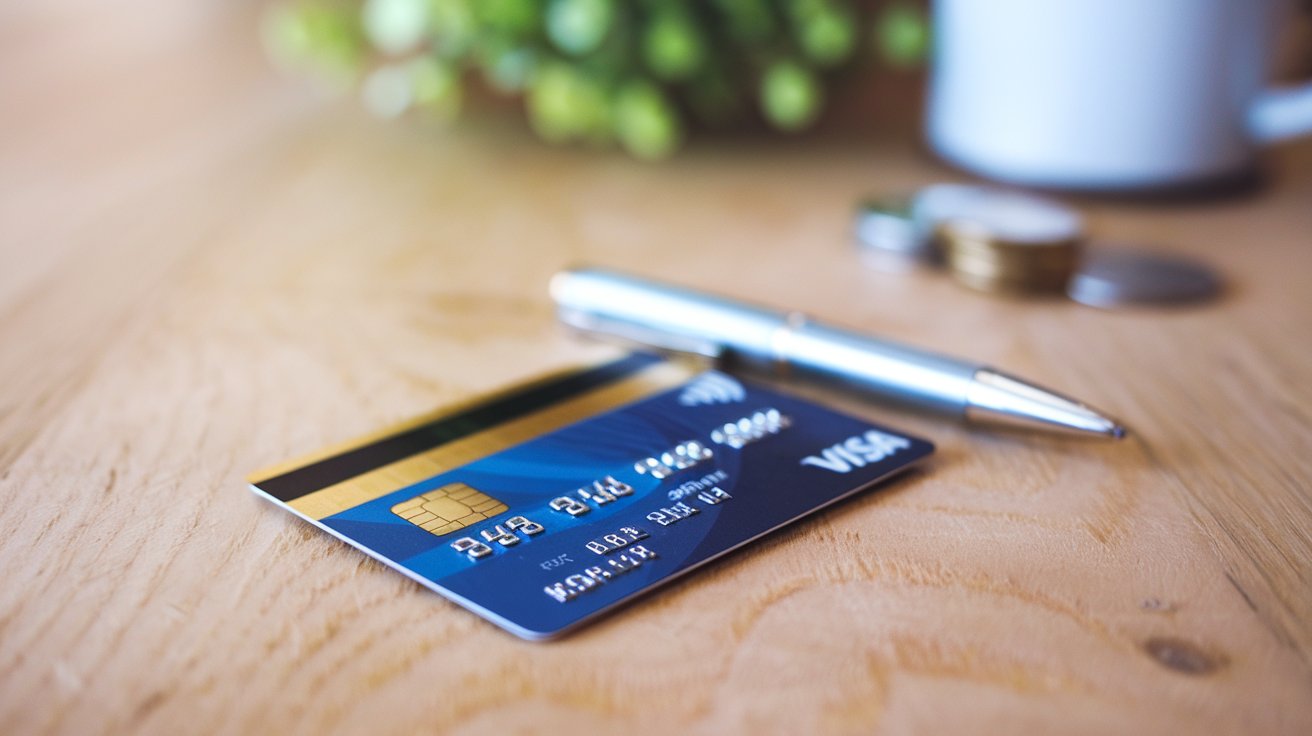
Having bad credit doesn’t mean you can’t get a credit card, but it does mean you need to be extra careful in your approach. Many people make avoidable mistakes during the application process that can further damage their credit and reduce their chances of approval. Here’s a comprehensive guide to help you navigate the process successfully.
Understanding Your Starting Point
Before submitting any credit card applications, it’s crucial to know exactly where you stand. Many applicants skip this vital first step, leading to unnecessary hard inquiries on their credit report. Pull your credit reports from all three major bureaus – Experian, Equifax, and TransUnion – and review them carefully. Look for any errors that could be dragging down your score and dispute them if found.
Applying for the Wrong Type of Cards
One of the biggest mistakes people with bad credit make is applying for premium rewards cards or cards requiring excellent credit scores. These applications are almost guaranteed to be rejected, resulting in unnecessary hard inquiries on your credit report. Instead, focus on:
- Secured credit cards
- Store credit cards
- Credit cards specifically designed for bad credit
- Credit builder cards from your current bank
The Multiple Application Trap
Desperation can lead to multiple credit card applications in a short period, hoping that at least one will be approved. This strategy is counterproductive as each application typically results in a hard inquiry on your credit report. Multiple hard inquiries in a short time frame can:
- Further lower your credit score
- Signal financial distress to potential lenders
- Reduce your chances of approval
- Stay on your credit report for two years
Overlooking Secured Credit Card Options
Many people with bad credit dismiss secured credit cards because they require a security deposit. However, these cards can be excellent tools for rebuilding credit. The security deposit typically becomes your credit limit, reducing the risk for the card issuer and increasing your chances of approval.
Not Reading the Fine Print
When dealing with bad credit, you might be so relieved to find a card that will accept you that you fail to read the terms and conditions carefully. This can lead to unexpected fees and charges. Pay attention to:
- Annual fees
- Monthly maintenance fees
- Application fees
- Processing fees
- Interest rates
- Grace periods
- Credit limit increase criteria
Comparison of Common Credit Card Options for Bad Credit
| Card Type | Security Deposit Required | Typical Annual Fee Range | Typical APR Range | Chance of Approval with Bad Credit | Credit Building Features |
|---|---|---|---|---|---|
| Secured Cards | $200-$2,000 | $0-$49 | 17.99%-25.99% | High | Regular credit reporting, graduation programs |
| Store Cards | None | $0-$39 | 25.99%-29.99% | Medium | Limited use, regular reporting |
| Unsecured Cards for Bad Credit | None | $75-$99 | 24.99%-36.99% | Medium-Low | Credit limit increases, regular reporting |
| Credit Builder Cards | $49-$200 | $35-$75 | 19.99%-29.99% | High | Gradual credit limit increases |
Ignoring Pre-Qualification Tools
Many card issuers offer pre-qualification tools that perform soft credit checks, which don’t affect your credit score. Skipping this step and going straight to a formal application can result in unnecessary hard inquiries. Use these tools to gauge your approval odds before applying.
Not Having a Plan for Using the Card
Getting approved for a credit card is just the beginning. Many people fail to develop a strategic plan for using their new credit card to improve their credit score. A solid plan should include:
- Keeping utilization below 30% of your credit limit
- Making all payments on time
- Monitoring your credit score regularly
- Setting up automatic payments
- Using the card for small, manageable purchases
Failing to Consider Alternatives
Sometimes, a traditional credit card might not be the best immediate solution for your situation. Consider alternatives such as:
- Becoming an authorized user on someone else’s card
- Using a prepaid debit card temporarily
- Working with a credit counseling service
- Taking out a credit-builder loan
Not Being Patient
Credit improvement takes time, and trying to rush the process can lead to costly mistakes. Focus on building a positive payment history with your new card, and be patient as your credit score gradually improves.
Moving Forward Successfully
Remember that getting a credit card with bad credit is just the first step in your credit rebuilding journey. Use your new card responsibly by:
- Making all payments on time
- Keeping balances low
- Monitoring your credit report regularly
- Avoiding unnecessary credit applications
- Following your issuer’s guidelines for credit limit increases
By avoiding these common mistakes and following a careful, strategic approach, you can successfully obtain a credit card despite having bad credit and use it as a stepping stone to rebuild your credit history. Remember that the goal isn’t just to get approved for a credit card – it’s to use that card as a tool for improving your overall financial health and credit standing over time.

Leave a Reply